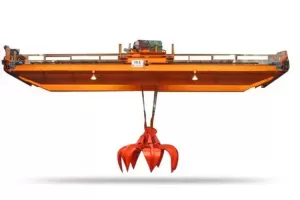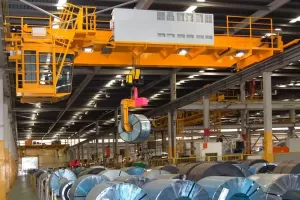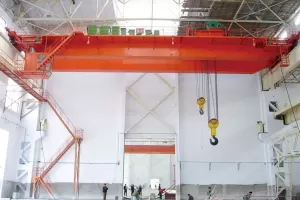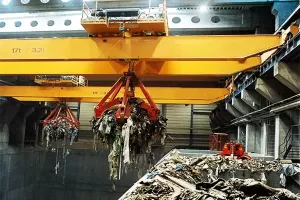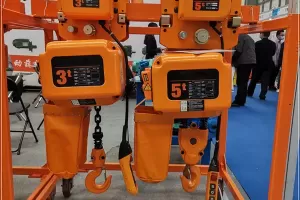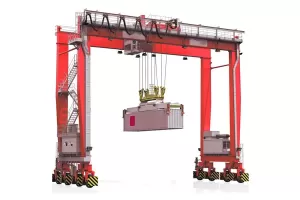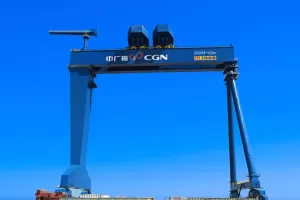If you are in the US and considering investing in a jib on crane for your business, it is vital to ensure that you are aware of the essential focus points before making a purchase. In this post, we'll discuss why the jib on crane is a valuable resource for various industries, the different types of jib crane, and key components to consider.
What is a Jib on Crane?
Also known as a boom jib crane, a jib crane is a lifting machine commonly used to lift and move heavy objects from one place to another. The crane got its name from its jib or horizontal element, which supports the crane's lifting mechanism. Essentially, the jib performs the same task as a human arm, allowing the machine to lift and carry objects horizontally.
The crane's other essential components include the hoist machinery or winch, the wires or ropes, the spreader beam or hook, and the trolley. These machines are commonly used in construction, manufacturing, and transportation sectors.
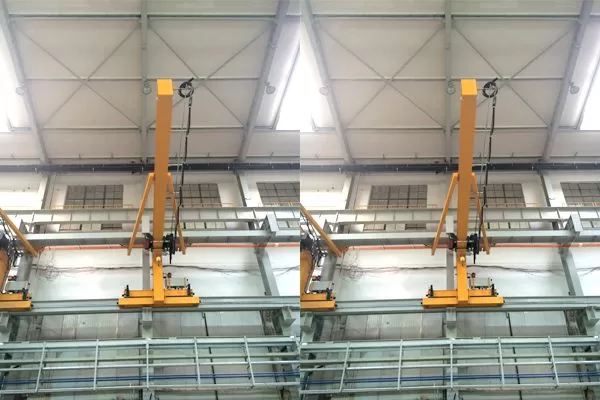
Types of Jib Crane
When it comes to jib crane, there are many different types available, depending on their size, usage, and specific industry applications. Below are some of the most common types:
1. Wall-Mounted Jib Crane:
This type of jib crane is typically fixed onto a wall or column, providing support and lifting power to one side of the building. This variant is perfect for manufacturing facilities, where the lifting tasks are limited to a specific area.
2. Floor-Mounted Jib Crane:
This crane is mounted onto the floor, making it capable of lifting and transporting heavy loads across a specific area.
3. Articulating Jib Crane:
This jib crane resembles the arm of an excavator, which pivots and moves horizontally, allowing it to lift and move objects around corners and other restrictive spaces.
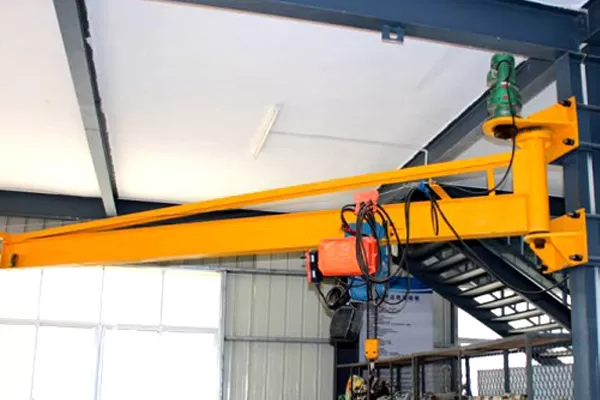
Factors to Consider When Buying a Jib on Crane
1. Lifting Capacity:
Buyers should choose a jib crane that can accommodate the weight of the objects that need to be lifted. Inadequate support can quickly cause the crane to malfunction or collapse, endangering operators and anyone in the surrounding vicinity.
2. Ease of Use:
The crane's lifting mechanism should be straightforward and easy for operators to handle. This ensures safety and quick response time, allowing the crane to work quickly and effectively to meet the operational requirements.
3. Structural Integrity:
The crane's structural stability is critical to ensure that it can handle the mechanical stresses of heavy loads. Buyers should consider purchasing cranes made of durable materials that can withstand the rigors of regular use.
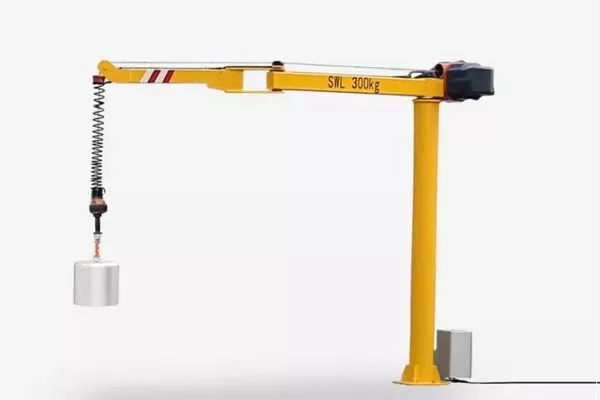
In Conclusion
A jib on crane remains an invaluable resource in many industries, providing a safe and effective way of lifting and transporting heavy loads. The type of jib crane you choose should be based on your specific requirements, and you should take into account factors such as lifting capacity, ease of use for operators, and structural integrity. With proper maintenance and training, a jib crane can serve your business for many years to come.


